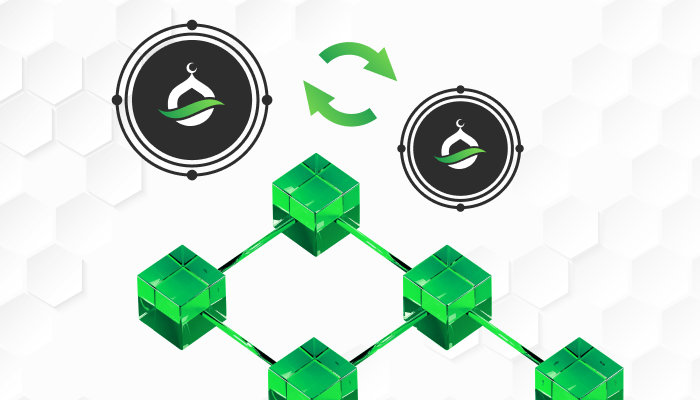
For countless people globally, supporting their loved ones by sending money back home is an essential lifeline. However, the traditional remittance methods are often associated with high fees, slow processing times, and a lack of transparency. Fortunately, blockchain technology has emerged as a potential game-changer, providing a secure, efficient, and affordable alternative that can transform how we transfer money.
Understanding Blockchain: The Backbone of Crypto Transactions
Imagine a world where transparency and trust reign supreme. Where every transaction is recorded permanently and unalterably on a distributed ledger accessible to everyone. This is the essence of blockchain, the technology powering cryptocurrencies like Bitcoin.
Transactions are grouped into “blocks,” chained chronologically, and secured through cryptography, making them tamper-proof. This decentralised nature eliminates the need for intermediaries, paving the way for faster and cheaper transactions.
The Mechanism of Blockchain in Facilitating Remittances
Blockchain platforms have revolutionised the way remittances are processed by offering users a seamless and cost-effective solution. Essentially, blockchain platforms allow users to convert traditional currency into digital tokens (such as cryptocurrencies or stablecoins) which can be instantly sent across borders at significantly lower fees compared to traditional methods.
This is primarily because blockchain technology eliminates the need for intermediaries, such as banks or payment processors, which often charge high fees for their services. Additionally, the transparency of the blockchain ensures clear tracking of the funds, eliminating concerns about fraud or lost transfers. This provides a significant advantage to users who can now send money to their loved ones across the world quickly, efficiently, and at a lower cost.
Building Trust and Transparency in Transactions
Blockchain technology is revolutionising the remittance industry by providing a decentralised and immutable system that ensures maximum security and transparency. Every transaction is recorded in a tamper-proof public ledger, eliminating the possibility of fraud, data manipulation or unauthorised access. This instills confidence in the remittance process for both senders and recipients, empowering them to easily verify the status and details of their transactions.
The Role of Smart Contracts in Streamlining Remittances
Cross-border payments can be a challenging process, with intermediaries like banks and payment processors causing delays, fees, and risks. But there’s hope! Smart contracts provide a solution that enables peer-to-peer transactions, bypassing the need for middlemen and making the payment process smoother. By using cryptocurrencies like Bitcoin or Ethereum, or stablecoins that provide more stability and liquidity, smart contracts have the power to transform cross-border payments and make them more efficient and accessible for all.
Future of Blockchain in the Remittance Sector
Blockchain technology is a game changer for millions who rely on sending and receiving money across borders. Its inherent security, transparency, and efficiency offer a unique solution to the challenges faced by traditional remittance methods. As regulations evolve and user adoption grows, we can expect faster, cheaper, and more accessible cross-border money transfers.
Furthermore, integration with mobile wallets and financial institutions can further bridge the gap between the traditional and blockchain-based systems. With continued development and collaboration, blockchain can truly democratise financial services and empower individuals to manage their money seamlessly and securely.